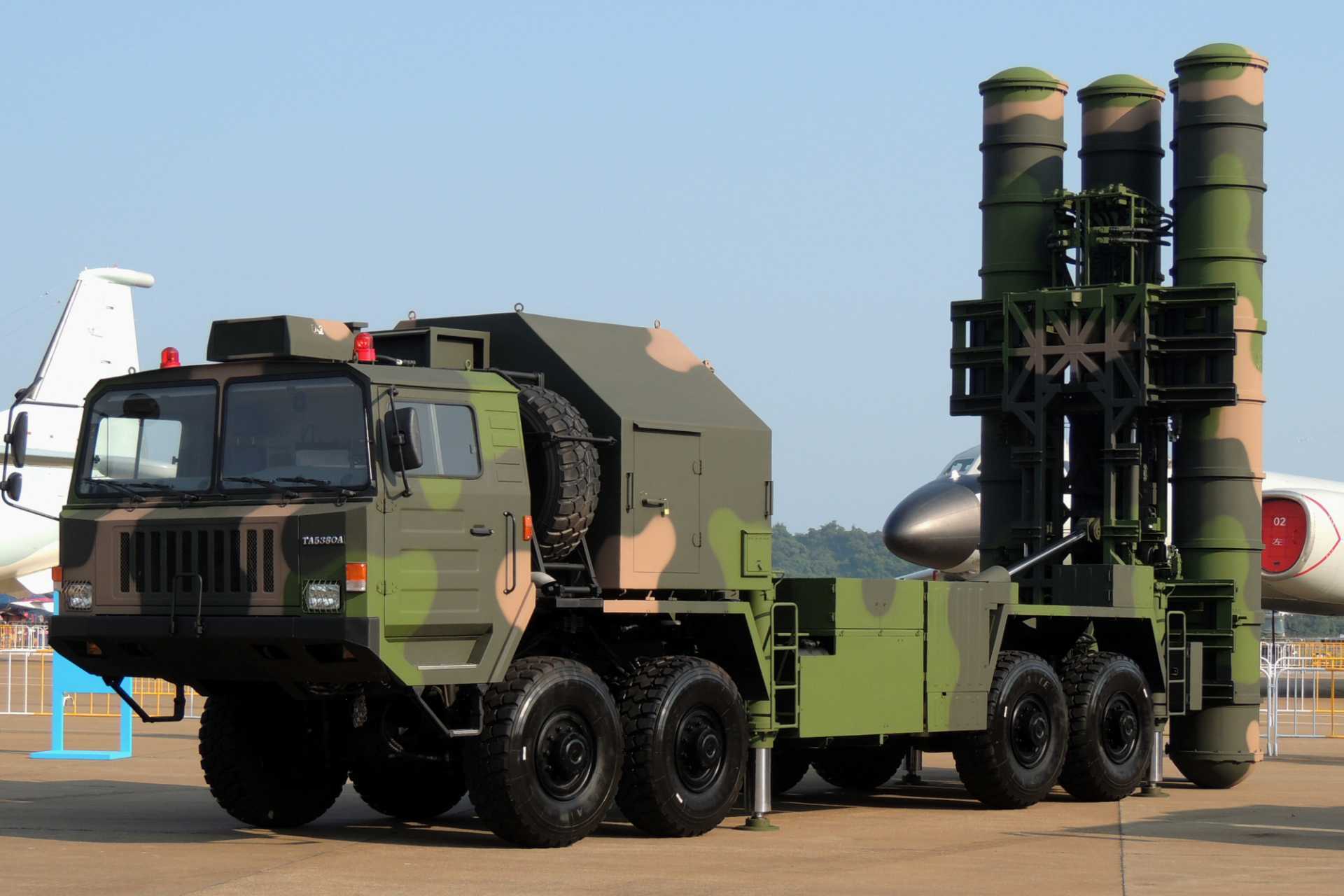In a significant military development, the Islamic Republic of Iran has taken delivery of the HQ-9B long-range air defense system from the People’s Republic of China, further deepening defense ties between the two strategic partners. The transfer, confirmed by regional security sources, marks a major step in Tehran’s continued efforts to modernize its aerial defense capabilities amid ongoing geopolitical tensions.
The HQ-9B system, known for its extended range and high-altitude interception capacity, is China’s advanced surface-to-air missile platform designed to counter a variety of aerial threats, including aircraft, cruise missiles, and drones. Military analysts describe the HQ-9B as comparable in function to the U.S. Patriot and Russia’s S-300 systems, boasting a range of up to 250 kilometers with improved radar tracking and multi-target engagement capabilities.
Iran’s acquisition of the system is widely viewed as a response to persistent security challenges in the Gulf region, as well as growing concerns over airspace violations and the threat of external aggression. The new hardware is expected to significantly enhance Iran’s layered air defense network, providing a stronger shield over critical infrastructure and military installations.
This delivery comes as part of broader military cooperation between Beijing and Tehran, rooted in a 25-year strategic partnership agreement signed in 2021. Under the pact, both countries pledged to expand collaboration in energy, trade, infrastructure, and defense—amid shared opposition to U.S.-led sanctions and military presence in their respective regions.
The Iranian defense ministry has not released detailed information on the deployment of the HQ-9B units but praised the system’s arrival as a “major boost” to the country’s deterrence posture. Chinese officials have also refrained from public comment, consistent with Beijing’s traditionally low-profile approach to foreign arms sales.
As Western powers, particularly the United States and its allies, continue to monitor Iran’s growing military capabilities, this latest development is likely to draw attention in diplomatic and security circles. Observers say it could alter the regional balance of power and further complicate negotiations over Iran’s nuclear programme and missile activities.

